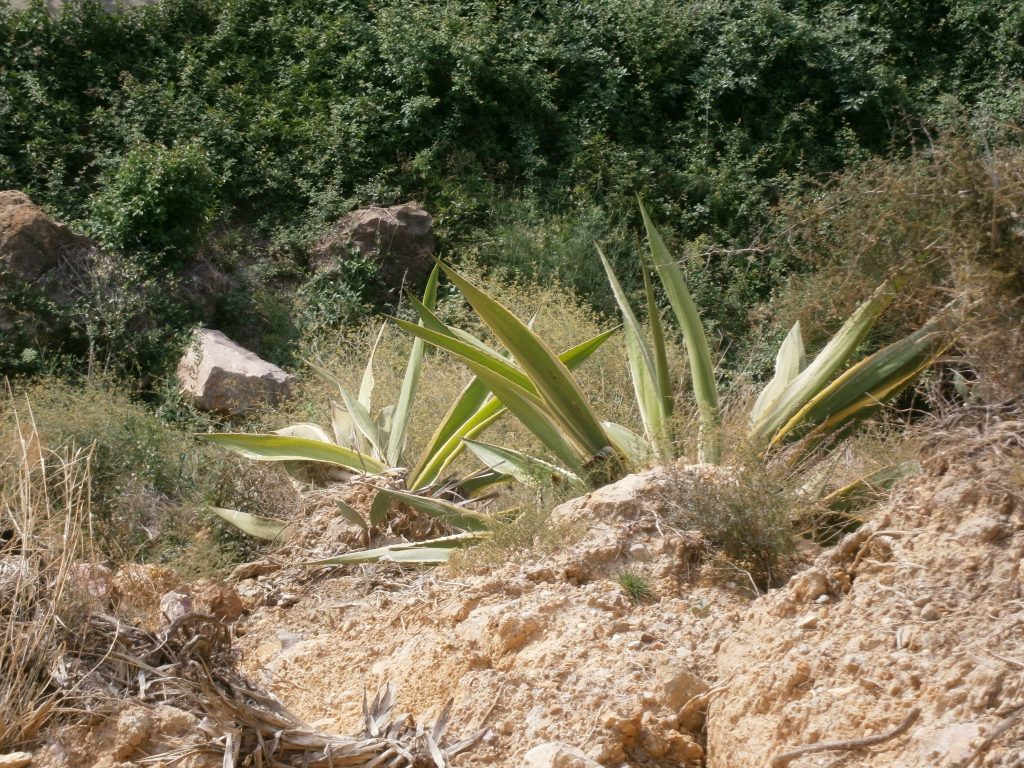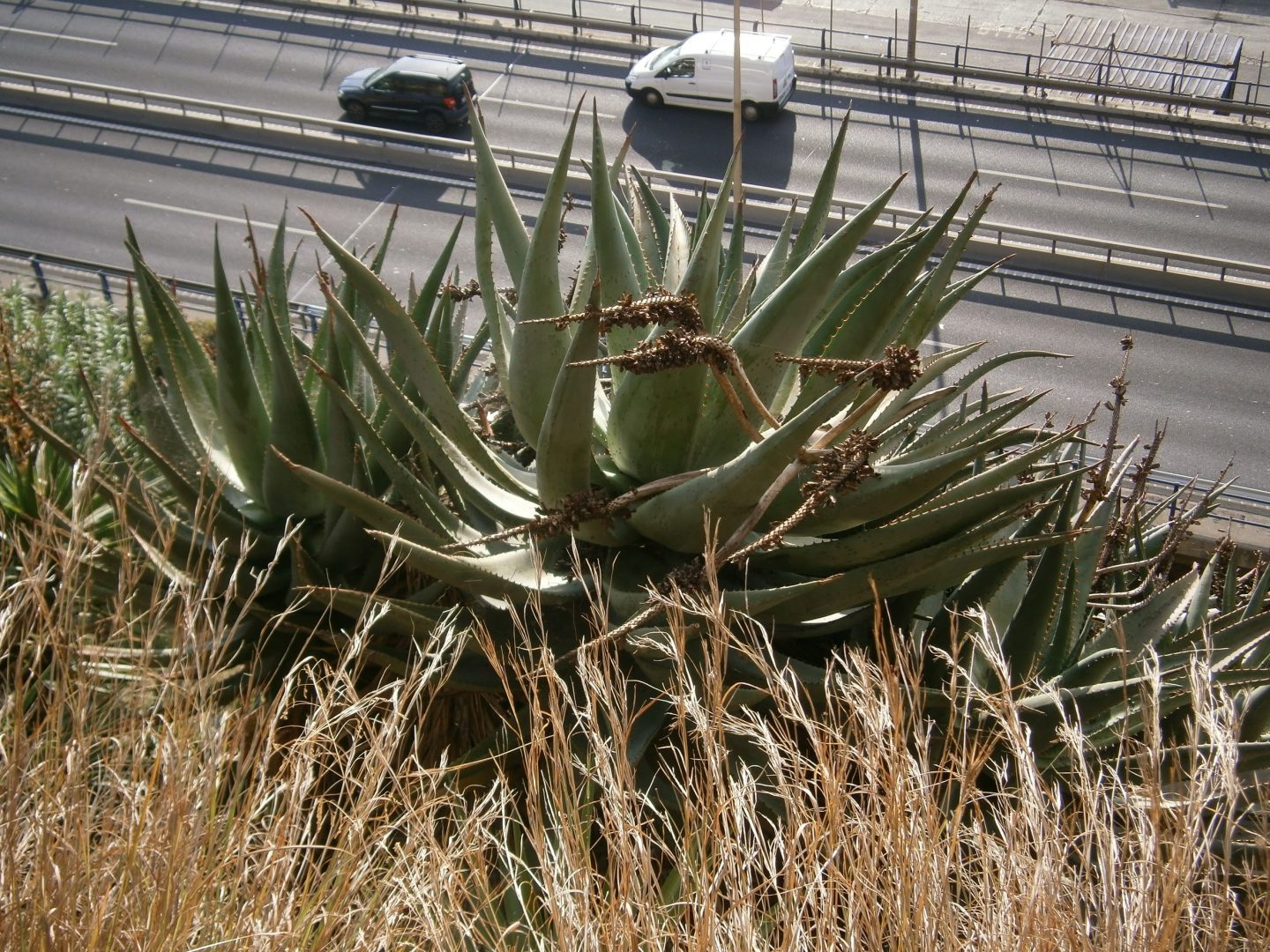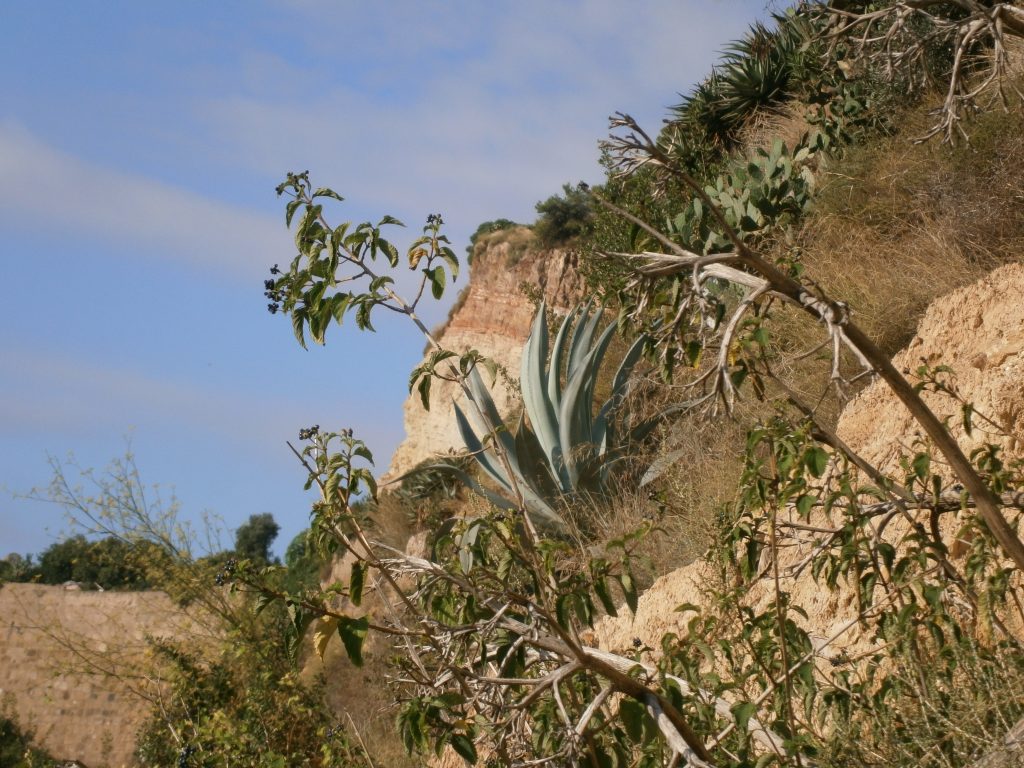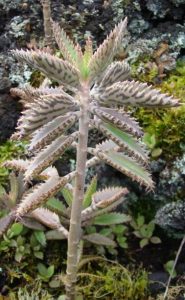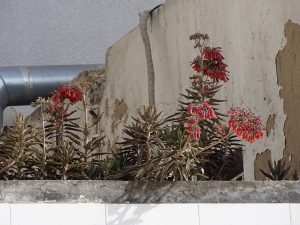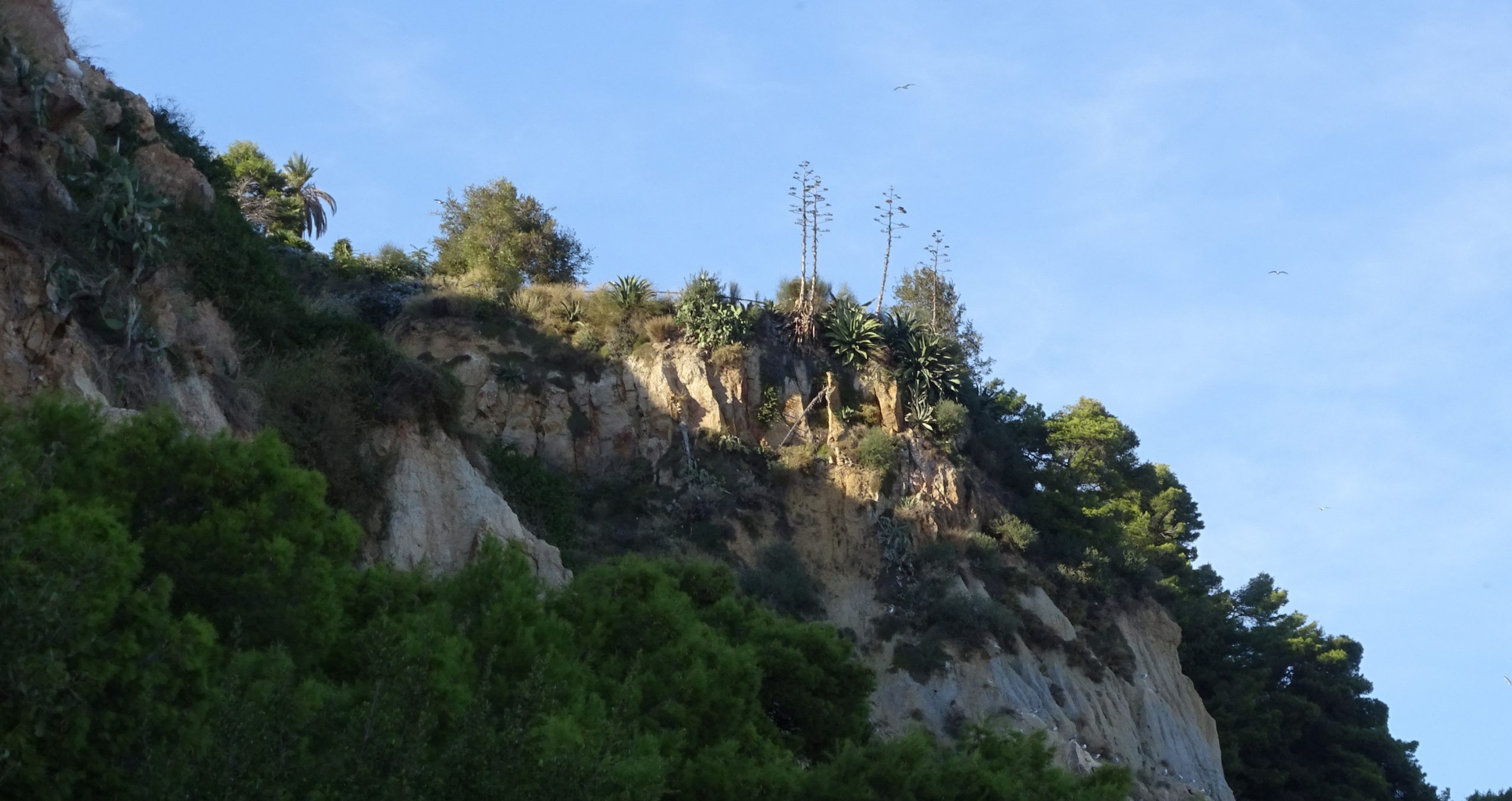
Montjuïc hill: a world’s hotspot of alien plants in Barcelona?
Biological invasions are quickly progressing in urban or semi-urban environments and cities are often hotspots of biological invasions with a higher percentage of alien species than other areas. Cities contain highly disturbed habitats that potentially provide many new ecological niches for alien species to thrive. Montjuïc, an urban hill located at the SW border of Barcelona, could be a hotspot of alien plants due to a series of reasons: (i) it has been deeply transformed (partly because the area hosted the 1929 International Exposition and the 1992 Olympic Games, while during most of the 20th century large parts of the hill became shantytowns), (ii) it has multiple entry routes for alien plant species (seaport, the coastal ring road, and several botanical gardens and urban parks) and (iii) it has a large influx of tourists. In order to obtain a comprehensive catalogue of the alien flora of Montjuïc, we have been surveying the hill since 2016. This study is aimed to demonstrate that this area could be a natural laboratory for studying invasions in the Mediterranean context.
Publications
Ibáñez, N. & López-Pujol, J. 2018. Les plantes al·lòctones de Montjuïc, sota estudi. Brolla 44: 6–7.
Genus Kalanchoe, a growing menace as alien plants
The genus Kalanchoe (including Bryophyllum), mostly native to Madagascar and tropical Africa, has some representatives that have managed to spread to other areas of the world. Till now, the best known invasive species of the genus was K. pinnata, present in most tropical areas. However, there are three species that may be behaving even more aggressively: K. daigremontiana, K. tubiflora and their putative hybrid, K. × houghtonii. The three species are now present in all continents and, worryingly, the latter seems to have a greater capacity to spread and establish, which could be linked to its hybrid origin (obtained in the 1930s in a greenhouse). Apart from building ecological niche models to know new potential invading areas, we want to see whether the hybridization process has broadened the ecological niche of K. × houghtonii compared to its parental species. In parallel, we also plan (1) to carry out ecological and demographic studies to see whether the hybrid has a higher fitness and colonization ability compared to their parental species (e.g., a higher growth rate or a better reproductive performance), and (2) to search for changes in the structure, composition and organisation of the genome in the hybrid purportedly related with a broadened niche and/or increased fitness.
Publications
González-Gutiérrez, P., López-Pujol, J. & Gómez-Bellver, J. 2019. Notas sobre las especies de Kalanchoe (Crassulaceae) ocasionales y naturalizadas en Cuba. Collectanea Botanica 38: e011.
Guillot, D., Laguna, E., López-Pujol, J. & Puche, C. 2015. Kalanchoe delagoensis ‘Morvedre’. Bouteloua 22: 64–75.
Guillot, D., Laguna, E., López-Pujol, J., Sáez, L. & Puche, C. 2014. Kalanchoe × houghtonii ‘Garbí’. Bouteloua 19, 99–128.
Guillot, D., López-Pujol, J., Laguna, E. & Puche, C. 2015. Kalanchoe daigremontiana Raym.-Hamet & H. Perrier ‘Iberian Coast’. Bouteloua 21: 35–48.
Herrando-Moraira, S., Vitales, D., Nualart, N., Gómez-Bellver, C., Ibáñez, N., Massó, S., Cachón-Ferrero, P., González-Gutiérrez, P.A., Guillot, D., Herrera, I., Shaw, D., Stinca, A., Wang, Z. & López-Pujol, J. 2020. Global distribution patterns and niche modelling of the invasive Kalanchoe × houghtonii (Crassulaceae). Scientific Reports 10: 3143.
Mesquida, V., Gómez-Bellver, C., Guillot, D., Herrando-Moraira, S., Nualart, N., Sáez, L. & López Pujol, J. 2017. El gènere Kalanchoe (Crassulaceae) a Catalunya: situació i distribució potencial del tàxon invasor K. × houghtoni. Orsis 31: 37–64.
Wang, Z.-Q., Guillot, D., Ren, M.-X. & López-Pujol, J. 2016. Kalanchoe (Crassulaceae) as invasive aliens in China – new records, and actual and potential distribution. Nordic Journal of Botany 34: 349–354.
